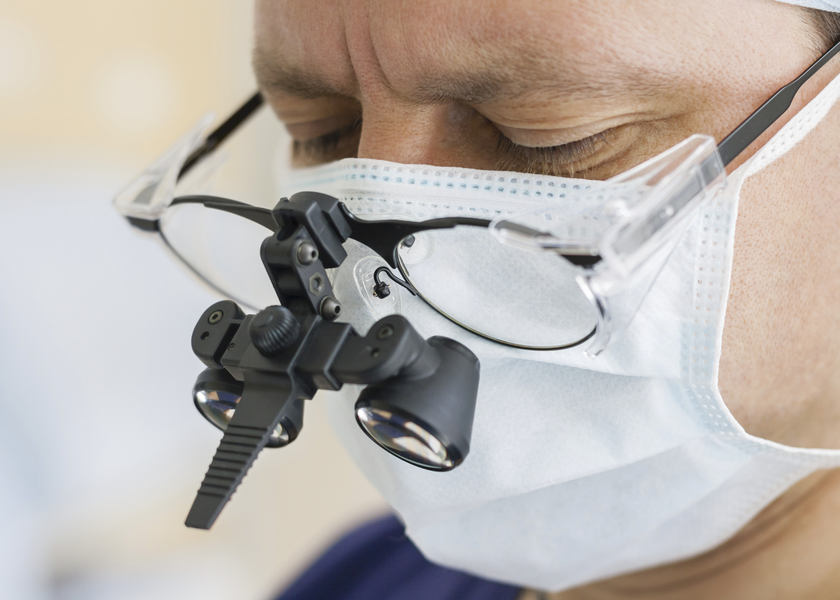
Hip Replacement



Your new hip will give you freedom to move in ways you haven’t for a long time. Getting the new hip to work well for you will involve more than just surgery. Our experience shows that two other factors will make a big difference:


It takes a village to make sure you’re well cared for throughout the entire joint replacement process. Learn more about the highly skilled team of St. Luke's physicians, advance practice providers, and therapists that’s committed to providing you a safe, successful, and positive experience.